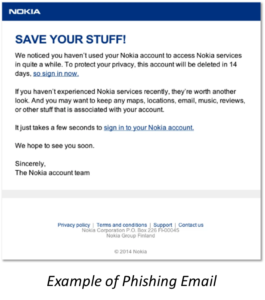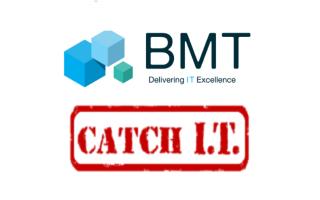 Phishing emails continue to grow in volume and sophistication. Hackers are doing due diligence and making emails more personalized, thus easier to fall for. In addition, the availability of AI tools allows for generation of beautifully written, well-structured emails on just about any subject. Foreign hackers can even write phishing emails in another language and use ChatGPT to translate them into perfect English, not to mention enhance them.
Phishing emails continue to grow in volume and sophistication. Hackers are doing due diligence and making emails more personalized, thus easier to fall for. In addition, the availability of AI tools allows for generation of beautifully written, well-structured emails on just about any subject. Foreign hackers can even write phishing emails in another language and use ChatGPT to translate them into perfect English, not to mention enhance them.
Education is Key to Protection
Here are some quick reminders of things to look for in a suspicious email:
- Hover over any links and check the link address. Does it match the website for the sender exactly?
- Is the email blank with long hyperlinks and no further information or context?
- Does the email contain a hyperlink that has a misspelling of a well-known website? (Such as Micorsoft)
- Is the sender’s email from a suspicious external domain? (like micorsoft-support.com rather than microsoft.com)
If the Email Includes Attachments:
- Did the sender include an email attachment that you were not expecting or that makes no sense in relation to the email’s context?
- Does the sender ordinarily send you these types of attachments?
- Did the sender send an email with a possibly dangerous file type? Files with a .TXT extension are typically safe, but beware, files can be disguised with a different type of file extension.
When it doubt, it’s never a bad idea to call the person/company that sent the email to confirm. Always remember, you are the last line of defense to prevent cyber criminals from succeeding and making you or your company susceptible.
Interested in receiving Security Awareness Training? Contact a member of the BMT Security Team.






